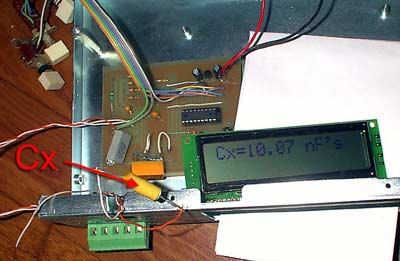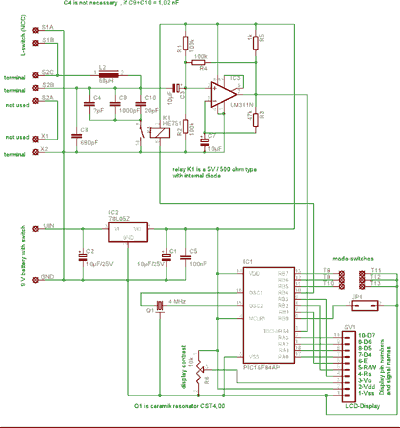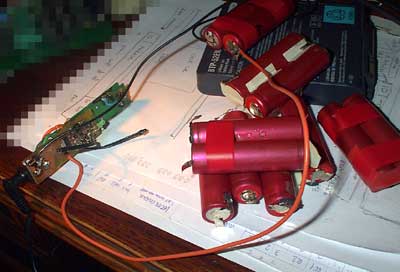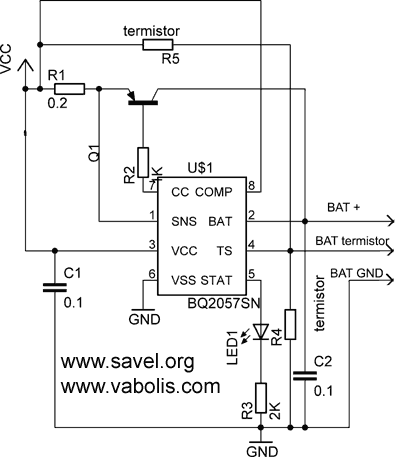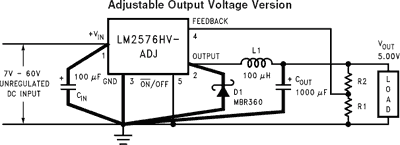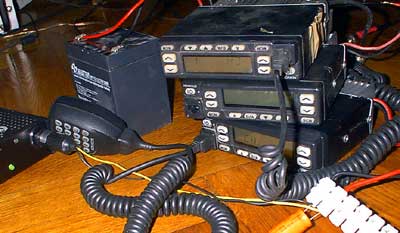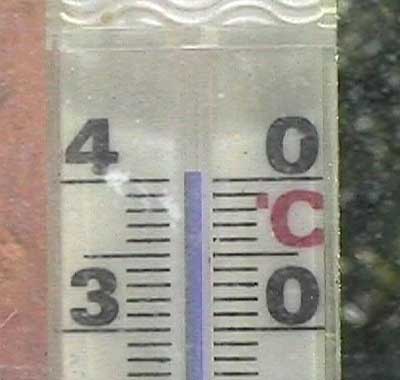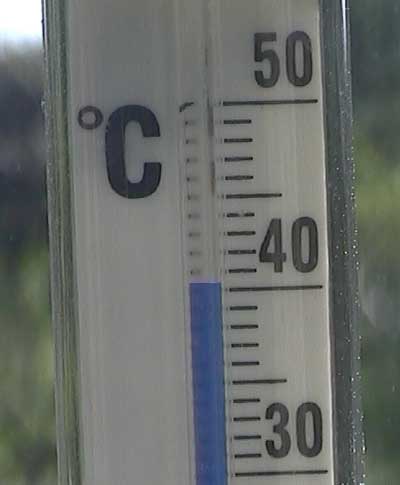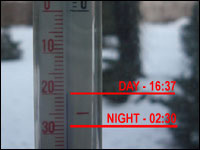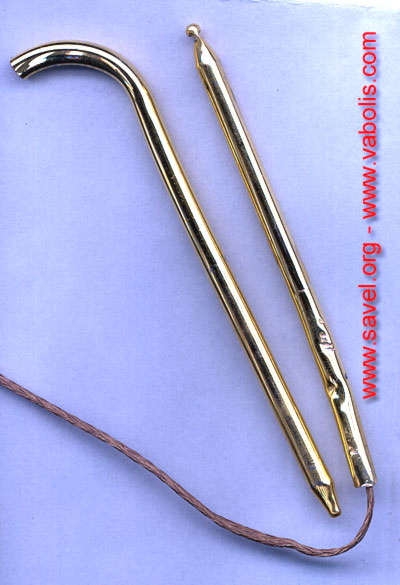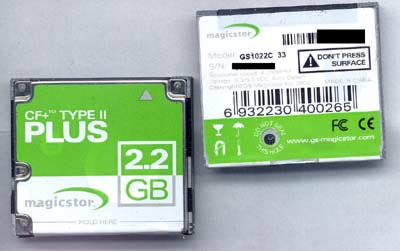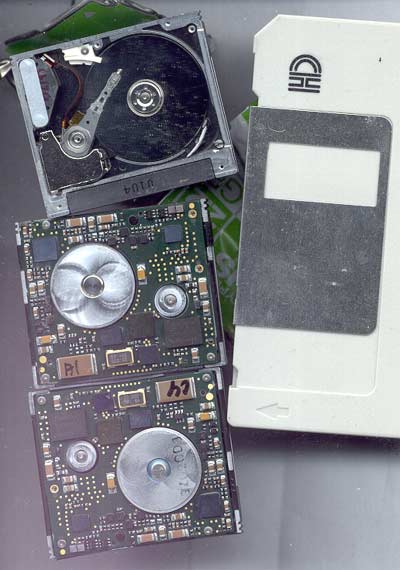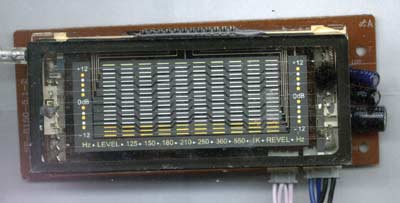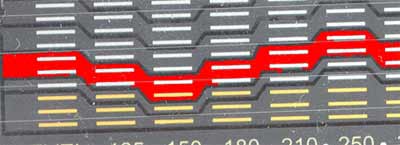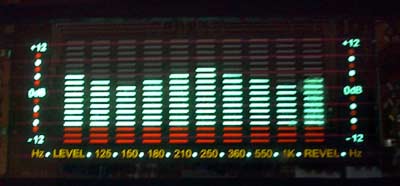Today I visited some old junk shop to check electricity counter and found lots of interesting stuff. I bought two things- Sega Game Gear and Sinclair ZX Spectrum personal computer. I payed 3LTL (~1USD) for Speccy.
It is original ZX Spectrum computer brought to Lithuania from United Kingdom. It is one of the first personal and game computers in the world. Original copyright on the PCB is from 1983. So it is 23 years old!
This computer was reverse engineered and most cloned 8 bit computer in Soviet Union.
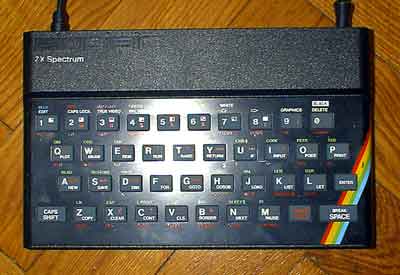
Original ZX computer is smaller than its clones. You can hold it on you hand. One interesting moment- the power supply pin-out is reversed to standard ones from Internet switches/routers and other 21 century equipment. You can’t use wall brick adapter with speccy. If you plug it, the 7805 chip short circuits the PSU.
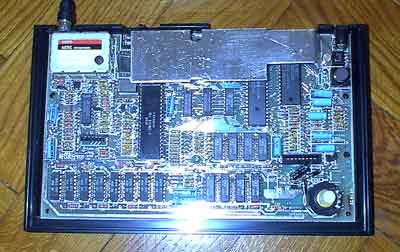
Inside there are few chips. The most of them are RAM chips- ZX spectrum uses dual RAM. It was some sir Sinclair’s crazy idea to use separate video RAM in same 64K address space. As I know, only one ZX clone used dual RAM. All others used same RAM chips for all memory.
Big chips are CPU, ROM and some custom chip. Small chips are standard TTL logic.
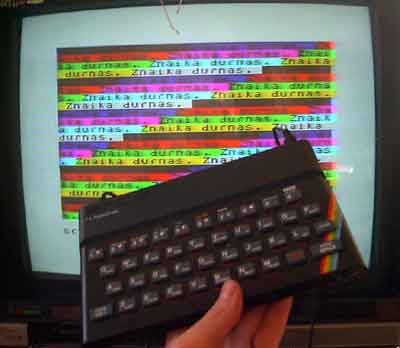
I always run this special program. This program is for my good friend who had ZX. I was using Atari computer. Atari is the best! 🙂

